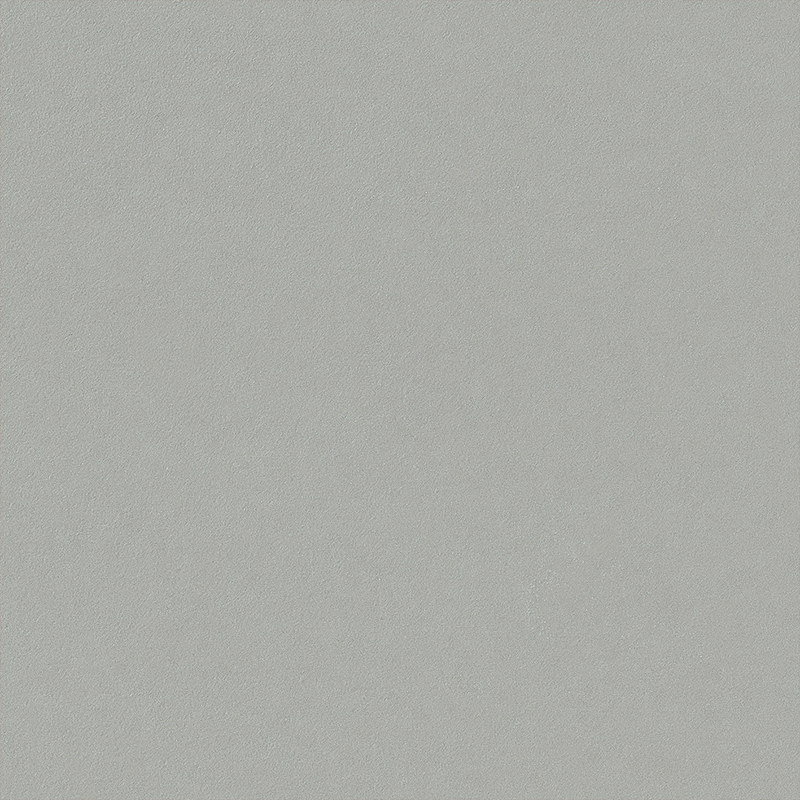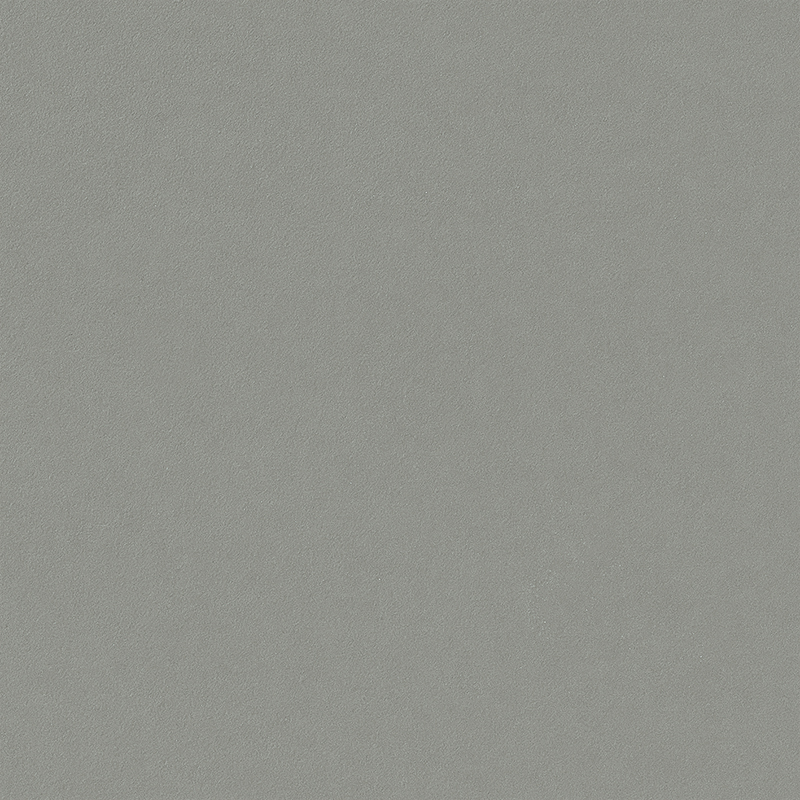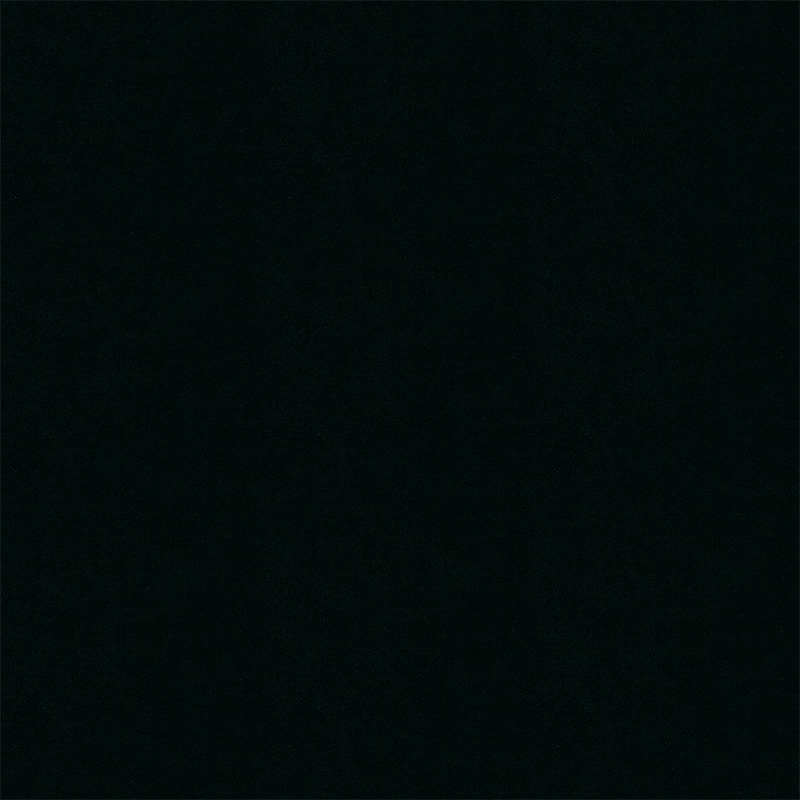How can we precisely control the ink penetration depth of high-definition inkjet antique brick to ensure the durability of the pattern?
Release Time : 2025-09-17
Controlling the penetration depth of high-definition inkjet antique brick is crucial for ensuring pattern durability and texture clarity. The key lies in achieving precise control through optimized ink formulation, substrate pretreatment, coordinated process parameters, and improved equipment precision. This process requires a balance between penetration and surface texture, avoiding blurry patterns due to excessive penetration or insufficient wear resistance due to excessive penetration.
Ink formulation is fundamental to controlling penetration depth. Penetrating inks typically utilize an ionic penetration mechanism. Their core components include nano-pigment particles, penetrants, and solvents. Nano-pigment particles (typically 50-200 nanometers in size) ensure uniform ink dispersion during the penetration process, preventing localized uneven penetration caused by particle agglomeration. Penetrants control penetration speed by reducing the ink's surface tension and enhancing its wettability to the substrate. For example, adding a specific proportion of an organic acid salt penetrant can create a gradient penetration pattern within the substrate, ensuring sufficient penetration depth while preventing excessive diffusion. Furthermore, solvent selection requires a balance between volatility and penetrability to ensure rapid curing after printing and prevent pattern blurring due to residual solvent.
Substrate pretreatment is another key step in controlling penetration depth. The substrate's porosity, surface roughness, and chemical composition directly influence ink penetration behavior. For example, in dry-processing, the substrate is pressed under high pressure to form a dense layer, reducing the number of pores and limiting lateral ink penetration, resulting in a more defined texture. In wet-processing, a slurry layer is formed by spraying or pouring a glaze. The water content of the slurry must be controlled between 0.4% and 0.8% to prevent excessive moisture from preventing ink ions from penetrating to the intended locations. Furthermore, the substrate surface can be plasma-treated or chemically etched to increase surface energy and enhance the ink-substrate bond, thereby enhancing the pattern's adhesion and wear resistance.
Coordinated control of process parameters is key to achieving precise control of penetration depth. During inkjet printing, droplet size, jetting speed, and frequency must be matched to the substrate's characteristics. For example, droplet diameter is typically controlled between 20 and 50 microns to ensure uniform dot formation on the substrate surface. The jetting speed must be adjusted based on substrate hardness to avoid splashing or rebounding due to excessive impact. Furthermore, the drying process significantly impacts penetration depth. In the wet process, secondary drying is a critical step. By controlling the drying temperature (typically 60-150°C) and drying time (10-100 minutes), the organic components in the ink are volatilized, forming a stable penetration gradient and preventing the formation of pores during firing due to residual organic matter.
Equipment precision is the key to controlling penetration depth. High-precision printheads (such as piezoelectric printheads) ensure precise and uniform ink droplet placement, avoiding pattern defects caused by nozzle blockage or droplet deviation. Furthermore, the inkjet printer's resolution (typically 400-600 dpi) must match the substrate texture to ensure full rendering of pattern details. During the drying process, infrared drying or hot air circulation systems can achieve uniform temperature distribution, preventing localized overheating that can cause the ink to cure too quickly and affect penetration.
Achieving a balance between penetration depth and pattern durability requires optimizing the firing process. The firing temperature and cycle directly influence the degree of chemical reaction between the ink and the substrate. For example, during the high-temperature firing process at 1150-1250°C, the inorganic coloring ions in the ink undergo a solid-solution reaction with the silicates in the substrate, forming a stable color-forming layer that enhances the pattern's wear and chemical resistance. Furthermore, the liquid phase generated during the firing process fills the substrate's micropores, blocking penetration pathways and preventing further ink penetration with long-term use, thus ensuring long-term pattern stability.
The chemical compatibility between the ink and the substrate is an implicit factor in controlling penetration depth. For example, the bonding of organic penetrating glaze inks to inorganic substrates requires the use of a penetration enhancer. The ester component in this enhancer promotes the diffusion of the inorganic ions in the ink while also preventing color shift or color difference caused by inconsistent penetration depth. Furthermore, the pH value of the ink must match that of the substrate to prevent surface corrosion caused by acid-base reactions, which could affect pattern clarity.
Controlling the penetration depth of ink for high-definition inkjet antique brick requires the coordinated optimization of ink formulation, substrate pretreatment, process parameters, equipment precision, firing process, and chemical compatibility. This process not only requires balancing the permeability and presentation of surface texture, but also takes into account the durability and wear resistance of the pattern, ultimately achieving a dual improvement in the texture and performance of high-definition inkjet antique brick.







